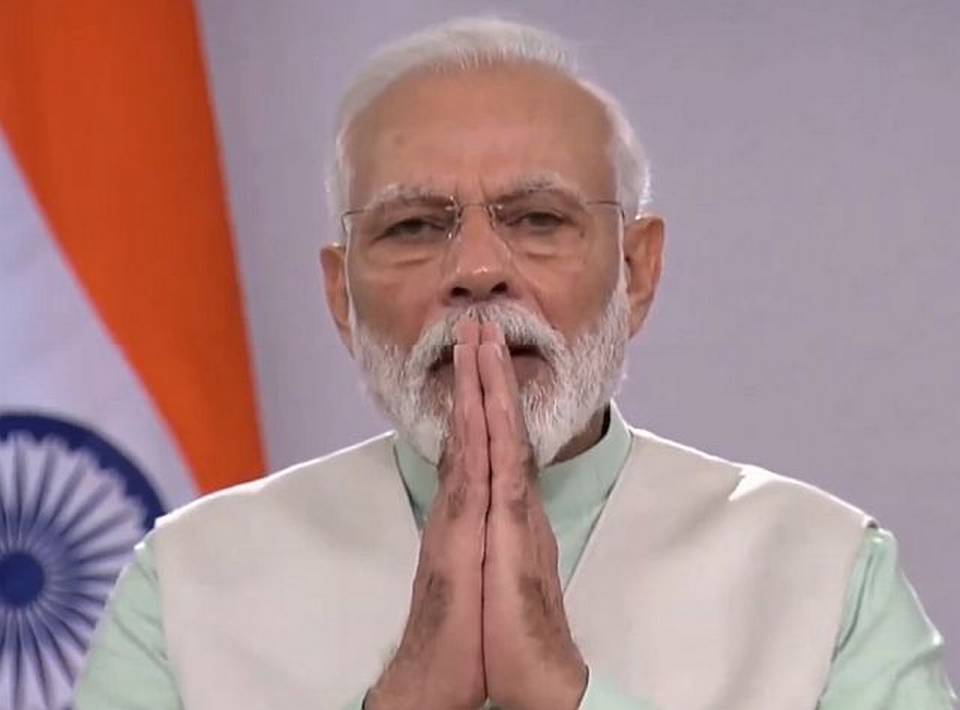Before you go to 9-minutes light-off or blackout, there are other certain facts that you should consider and keep in your mind. Don`t just blindly follow the event but also consider its all possible affects and possible pros and cons while following, so that the purpose of the said event gets fulfilled.

Voluntary Nine Minute Light-Off
Prime Minister Narendra Modi`s appeal for a 9-minute light-off at 09:00 P.M. April 5, 2020, has shaken the experts in the Power Ministry who have put themselves in a huddle to quickly devise a strategy to prevent the 9-minute blackout event to cause a possible grid collapse and results to blackout throughout the country.
The call for a voluntary nine-minute blackout on Sunday evening by PM Narendra Modi, to show solidarity in the fight against COVID-19 pandemic, has put those who manages the power infrastructure, on a high alert as they are concerned about the possibility of disruptions and grid collapse due to a sudden drop in demand while the electricity flows remain the same. The Prime Minister, in his recent address to the nation, had asked people to switch off electric lights for nine minutes and light lamps or torches or switch on the mobile flashlight by standing at the door or on the balcony. There is an estimation of drop of around 700 MW load due to this event.
Challenge for the Concerned Authority
The Grid stability in the country is maintained by keeping power frequency within a range specified by Central Electricity Regulatory Authority (CERC). Any deviation from identified frequency is managed by increasing or decreasing power flow in the grid. Sudden drop or increase in frequency might cause a collapse. Union PowerMinister has discussed the issue with PGCIL for efficiently managing the grid stability for the event.
Power System Operation Corporation Limited, a wholly owned Government of India Enterprise, an entrusted with the task of ensuring the integrated operation of the Grid in a reliable, efficient, and secure manner. It has also been sounded off to plan scheduling of power with all the five Regional Load Despatch Centres and National Load Despatch Centre (NLDC) so that grid frequency is maintained even if demand drops suddenly during the blackout.
Current Electricity Demand in Country
Considering the need of pan India lockdown due to COVID-19 pandemic, Peak Demand in the country is already down by about 20 per cent as compared to the same month in the previous year. So, the national and regional load dispatch centres are already grappling with low demand.
As per power ministry data, on April 2, 2020, the maximum power demand met in the country stood at 1,25,817 MW which is almost 20 per cent lower than previous year, April 2, 2019 figure of 1,68,326 MW.
History of Blackout
Two severe power blackouts affected most of northern and eastern India on 30 and 31 July 2012. The 30 July 2012 blackout affected over 400 million people and put people in dark. July 31 blackout affected 620 million people mainly in Northern India. Both blackout caused due to the excess demand because of summer season. In that year 2012, an estimated 27 per cent of energy generated was lost in transmission resulting in grid collapse.
Source: The Guardian, BBC News, The New York Times and Reuters
What We can do to avoid Grid Collapse
An advised has been issued to local bodies to switch on Street-Lights to avoid any law and order problems. The lights in hospitals and other essential services will remain on.
Only switch off the lights and not the other electrical appliances. Electronic appliances such as refrigerators, air conditioners, coolers, fans and others, should be on during the period.
The most important, maintain social distancing and do not gather in group or go outside for celebrating the event.
And lastly Wear your masks, sanitize your hands and stay healthy!!